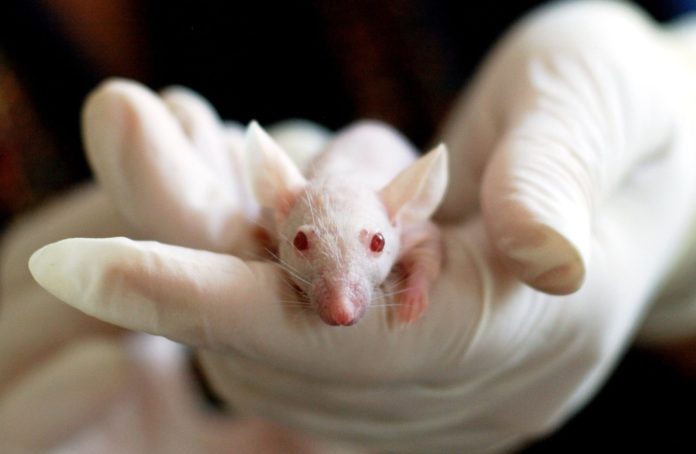More than a hundred million mice are used in medical research studies every year, but according to a recent publication, the way we treat these mice may be impacting our results. The findings showed that poor living conditions cause laboratory mice to be distressed, leading to worse outcomes for their health.
The study was led by researchers at the Universities of Guelph and British Columbia and published in BMC Biology.
Mice are an important part of medical research
Although they may not look much like us, mice and humans actually have a lot of genetic features in common. This, along with the fact that mice only live a few years, makes them well-suited to carrying out medical studies before switching to human trials.
Yet despite their importance in medical research, laboratory mice don’t always live in ideal environments that set them up for a healthy lifestyle. These animals are commonly kept in small cages with only a single space available to them, even though they prefer to have separate areas for nesting, waste, and other activities.
The team behind the research was interested in learning how these conditions might be affecting the outcomes of medical studies. For example, poor living conditions might cause the mice to become sick, which in turn could mask or exacerbate the symptoms being studied.
To learn more, the team gathered data from more than 200 medical studies that had used laboratory mice in a range of housing types over the past few years. They focused on studies of diseases which are impacted by stress: for example, cancer and cardiovascular diseases.
They also specifically chose studies which included descriptions or photographs of the cages the mice were kept in. While some mice were kept in conventional “shoebox” housing — small, mostly empty cages that are typically found in scientific labs — others had enriched environments containing running wheels, nesting boxes, and other items.
Poor living conditions lead to worse health outcomes
The team found that the mice kept in shoebox housing fared much worse than the mice with enriched living conditions. For example, these mice tended to develop tumours more often, and the tumours they developed tended to be larger. They also had much worse outcomes from strokes than mice in enriched housing.
Overall, the study also revealed that mice kept in shoebox housing had their lifespans reduced by about 9%.
“[T]his is the first evidence that [conventional cages] cause chronic distress severe enough to compromise animals’ health,” said study authors Jessica Cait, a PhD student, and Georgia Mason, a behavioural biologist, in an article for The Conversation Canada.
These findings highlight serious flaws that may be present in medical studies using laboratory mice. Conventional cages aren’t just unethical, but can also impact the animals’ health outcomes. The authors believe that this may help explain why many medical studies aren’t reproducible and have low success rates.
In the short term, the authors hope that ethics boards governing medical studies will urge authors to include clear descriptions and/or photos of their laboratory animals’ living conditions. This will help other scientists understand whether the living conditions could have had an impact on the animals’ health outcomes.
Going forward, they also hope that enriched living conditions will be required for all laboratory mice.
The “shoeboxes that rats and mice currently live in should stop being ignored as if a neutral backdrop, and instead be seen as a determinant of health,” Cait and Mason said.
“Doing so would allow us to better model the diverse social determinants of human health, and improve animal well-being at the same time.”








































